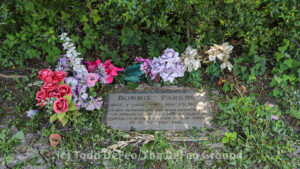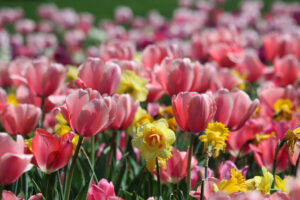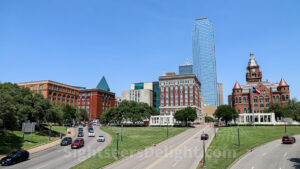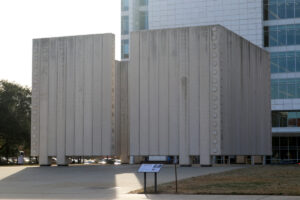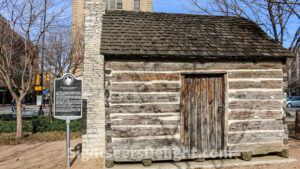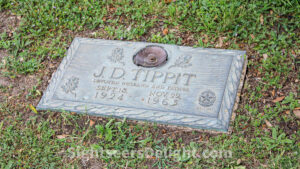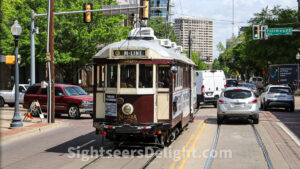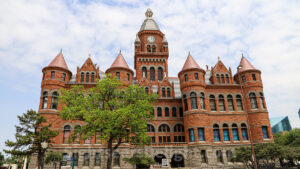The 66-acre Dallas Arboretum and Botanical Gardens is located on the southeastern shore of White Rock Lake in East Dallas. Since opening to the public in 1984, the garden has received many accolades from publications including Architectural Digest, USA Today, Fodor’s Travel, Trip Advisor, The Travel Channel and many others. The Arboretum includes many formal and informal garden spaces, world-recognized trial gardens, a concert lawn, picnic areas, food service areas, a gift shop, orientation theater, classrooms and the historic DeGolyer House.
75218
Dealey Plaza is today synonymous with the 1963 assassination of President John F. Kennedy. However, the history of the plaza dates to 1935 when it was dedicated. Named for longtime Dallas Morning News publisher George Bannerman Dealey, the plaza was completed in 1940. Construction of the 15-acre plaza was made possible after the Trinity River was rerouted to prevent flooding in the area. Home to some of the first settlements, Dealey Plaza is sometimes known as the “birthplace of Dallas.”
75202
The George W. Bush Presidential Center opened on April 25, 2013. The centerpiece is a 9/11 exhibit, but it is but one section of the 14,000-square-foot museum that opened to the public last month. In addition, the museum features a full scale replica of the Oval Office, information about life in The White House, President Bush’s two dogs, a collection of autographed baseballs and an exhibit — complete with hanging chads — about the 2000 election in which Bush defeated then Vice President Al Gore.
75205
According to VisitDallas.com, “Phillip Johnson, a Kennedy family friend, constructed this stark and simple memorial to the late president.” The memorial is located in the Dallas County Historical Plaza and near Dealey Plaza, where President John F. Kennedy was killed on Nov. 22, 1963.
75201
John Neely Bryan wore many hats. He was a Presbyterian farmer, lawyer and a tradesman. Perhaps more importantly, he founded Dallas, Texas. In 1841, he built a small log building. A reconstructed model of the edifice was later erected in Dallas County Historical Plaza in downtown Dallas.
75202
Also known as New Oak Cliff Cemetery, Laurel Land Memorial Park is famous as the final resting place for musician Stevie Ray Vaughan and J.D. Tippit, a Dallas police officer Lee Harvey Oswald allegedly killed after he allegedly killed President John F. Kennedy.
75232
The McKinney Avenue Transit Authority, a 501(c)(3) non-profit, was founded in 1983 to return streetcar service to Dallas. Today, it operates the 4.6-mile-long M-Line Trolley. Millions of Dallas residents, workers, businesses and visitors have taken the trolley since it first ran in July 1989.
Sometimes it feels like the history of Dallas centers on the 1963 assassination of President John F. Kennedy. Contrary to prevailing opinion, it does not. Any visitor to Dallas looking to explore more of the city’s history should begin at the Old Red Museum of Dallas County History & Culture near Dealey Plaza in the heart of downtown Dallas. The museum, located in the historic 1892 Dallas County Courthouse, explores the fascinating history of Dallas, how the city grew into the major metropolis it is today and some of the cultural conflicts along the way.
75202
Pioneer Park Cemetery consists of graveyards containing the remains of several of the Dallas’ earliest founders, including mayors, business leaders and heroes of the Texas revolution. Located in the Dallas’ Convention Center District and east of Pioneer Plaza, the cemetery dates to the 1850s and remained in use until the 1920s.
75201

